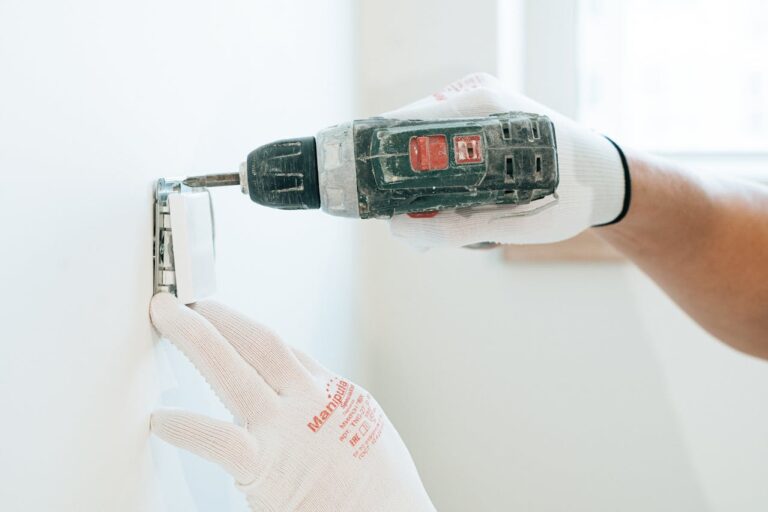
Accidents are an inevitable part of childhood. From scraped knees on the playground to falls while learning to ride a bike, kids are prone to bumps and tumbles. While most of these incidents result in minor injuries, some can lead to dental emergencies that require quick thinking and immediate action. Knowing how to respond in pediatric dental emergencies can make a significant difference in saving a child’s tooth and preventing long-term complications.
Common Dental Traumas in Children
Kids are constantly exploring their world, and their enthusiasm can sometimes lead to injuries. Dental trauma is most common in toddlers learning to walk and in school-aged children involved in sports and active play. Here are some of the most frequent dental emergencies.
Chipped or Fractured Teeth
A chipped or broken tooth is one of the most common dental injuries. The severity can range from a small chip in the enamel to a significant fracture that exposes the inner layers of the tooth. Minor chips are often just a cosmetic concern, but larger breaks can cause pain and sensitivity and may require immediate dental attention to prevent infection.
Displaced (Luxated) Teeth
A fall or blow to the mouth can push a tooth out of its normal position. It might be pushed backward, forward, or sideways in the socket. A displaced tooth is a serious injury that needs to be treated by a dentist right away. The tooth may feel loose, and your child will likely experience pain. Prompt treatment is crucial to reposition the tooth and ensure it heals correctly.
Knocked-Out (Avulsed) Tooth
A completely knocked-out permanent tooth is a time-sensitive dental emergency. The chances of successfully reimplanting the tooth are highest if it’s done within the first hour of the injury. Baby teeth that are knocked out are typically not reimplanted to avoid damaging the developing permanent tooth underneath, but a dental visit is still necessary to assess the area.
Tooth Intrusion
Tooth intrusion occurs when a tooth is pushed up into the jawbone. This type of injury is more common with primary (baby) teeth. While it may look like the tooth has disappeared, it has actually been forced into the socket. This requires professional evaluation, as it can damage the unerupted permanent tooth.
Soft Tissue Injuries
Injuries to the mouth often involve the lips, gums, tongue, or inner cheeks. These can result in cuts, bruises, or bleeding. While often minor, deep cuts or persistent bleeding should be evaluated by a healthcare professional to determine if stitches are needed.
What to Do in a Dental Emergency?
Your immediate actions can have a lasting impact on your child’s dental health. Here’s how to respond to different types of dental emergencies.
For a Chipped or Broken Tooth:
- Rinse: Have your child rinse their mouth with warm water to clean the area.
- Collect Fragments: If you can find the broken pieces of the tooth, save them in a container with milk or saliva.
- Apply Cold Compress: Place a cold compress on the outside of the mouth or cheek to reduce swelling.
- Contact Your Dentist: Call your pediatric dentist immediately for advice and to schedule an appointment.
For a Knocked-Out Permanent Tooth:
- Find the Tooth: Locate the tooth and pick it up by the crown (the chewing surface), not the root.
- Clean the Tooth: If it’s dirty, gently rinse it with milk or saline solution for a few seconds. Do not use water, soap, or scrub the root.
- Reinsert the Tooth: If possible, carefully reinsert the tooth back into its socket. Have your child bite down gently on a clean cloth or gauze to hold it in place.
- Keep it Moist: If you can’t reinsert it, place the tooth in a small container of milk or a tooth preservation solution (like Save-A-Tooth). Do not store it in water.
- See a Dentist Immediately: Go to your dentist or an emergency room right away. Time is critical.
For a Displaced Tooth:
- See a Dentist: This is an emergency that requires professional care. Take your child to the dentist as soon as possible.
- Apply a Cold Compress: Use a cold compress to manage pain and swelling on the way.
- Do Not Force It: Avoid trying to move the tooth back into place yourself, as you could cause more damage.
For a Cut Lip, Tongue, or Cheek:
- Clean the Area: Gently clean the cut with a clean cloth and apply pressure to stop the bleeding.
- Reduce Swelling: Apply a cold compress to help with pain and swelling.
- Seek Medical Care: If the bleeding doesn’t stop after 10-15 minutes of firm pressure, or if the cut is deep, take your child to an urgent care clinic or emergency room.
The Role of Your Dentist
In any dental emergency, a pediatric dentist is your most important resource. They have specialized training to manage dental trauma in children and can provide the necessary treatment to save teeth and prevent future problems. Your dentist will assess the injury, take X-rays if needed, and create a treatment plan. For severe cases like a knocked-out permanent tooth, solutions like tooth implants in Inglewood, CA, may be considered later in life, but the immediate goal is to save the natural tooth.
How to Prevent Dental Injuries
While you can’t prevent every accident, you can take steps to reduce the risk of dental injuries.
- Use a Mouthguard: If your child plays sports, a custom-fitted mouthguard is essential. It protects their teeth, lips, and gums from impact.
- Childproof Your Home: For young children, pad sharp corners on furniture, secure rugs, and block off stairs to prevent falls.
- Enforce Safety Rules: Teach children not to run with objects in their mouths and to be careful on playgrounds.
- Regular Dental Check-ups: Regular visits to the dentist ensure your child’s teeth are strong and healthy, which can make them less susceptible to injury.
Also Read: One-Day Smile Solutions for Industry Professionals
Conclusion
Childhood is full of adventures, and occasional injuries are part of the journey. When a dental emergency strikes, knowing what to do can save your child from unnecessary pain and complex dental procedures down the road. By staying prepared and acting quickly, you can protect your child’s precious smile and ensure they continue to enjoy a lifetime of healthy teeth.







